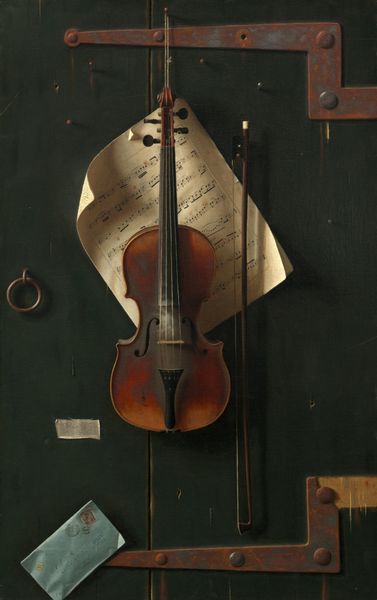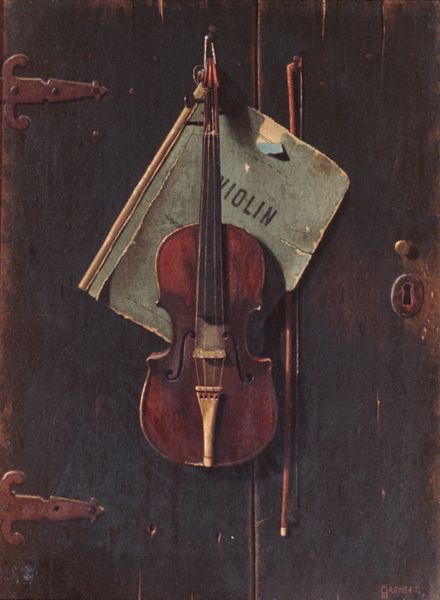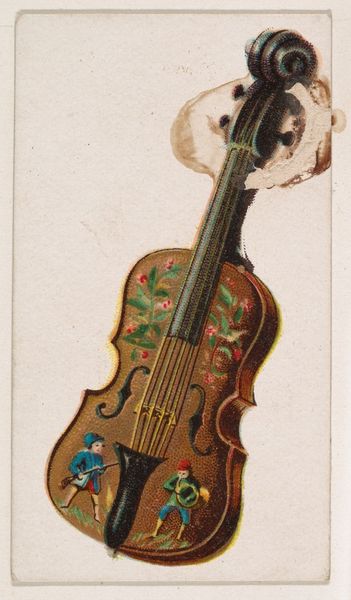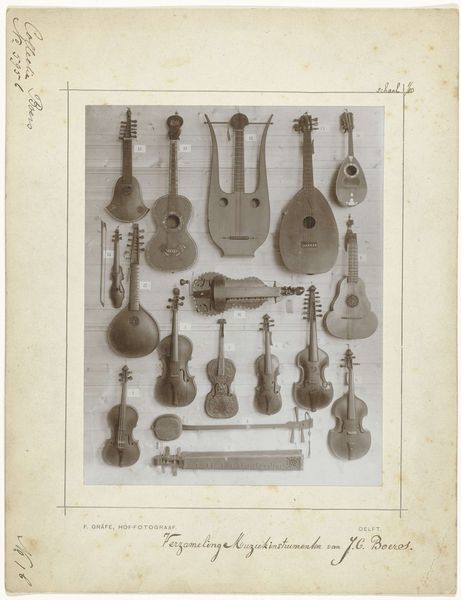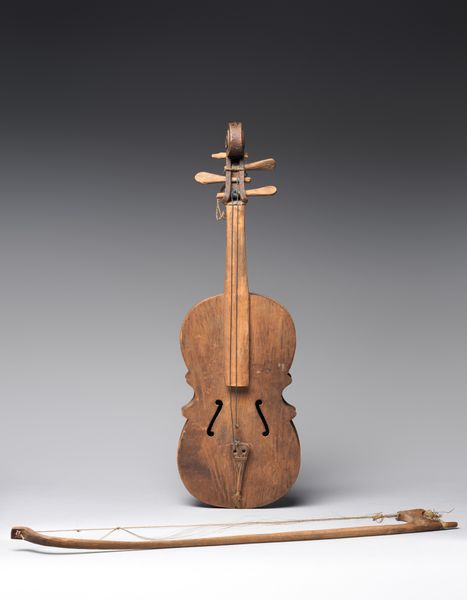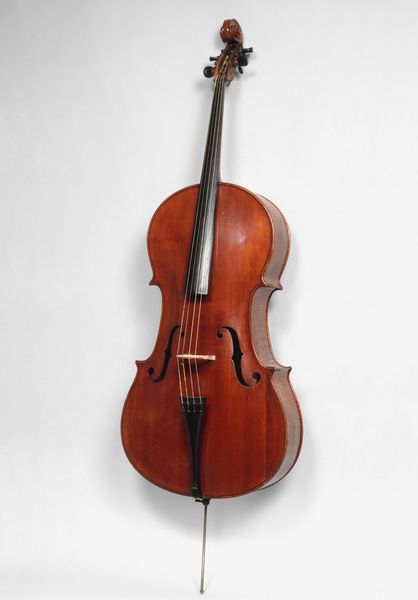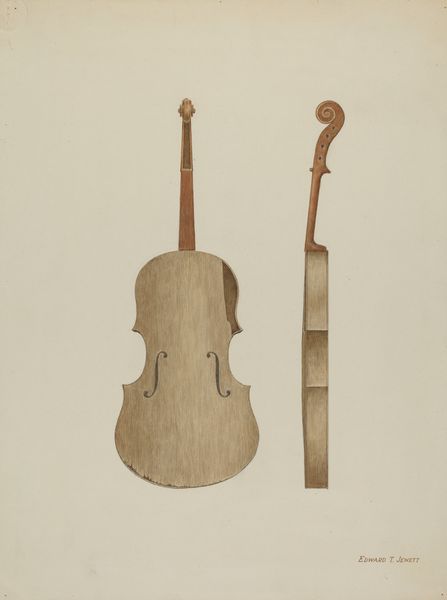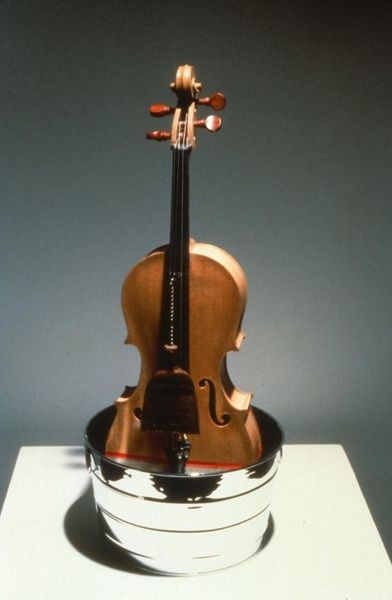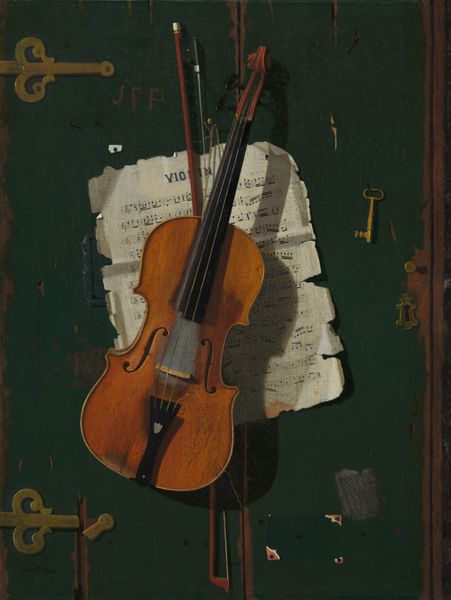
painting, oil-paint
#
painting
#
oil-paint
#
academic-art
#
realism
Copyright: Public domain
William Michael Harnett created 'Still Life—Violin and Music' to challenge the very definition of art in late 19th-century America. The illusionistic detail isn't merely technical skill; it's a statement. Harnett painted at a time when European academic painting, with its emphasis on historical and mythological subjects, was considered high art. Here, he elevates the everyday, the objects of common entertainment. Note the worn surfaces, the suggestion of lived experience. Is this a comment on class? On the value of folk culture versus elite traditions? Harnett's work gained popularity outside traditional art institutions, often displayed in saloons and businesses. This challenged the authority of art academies and museums, asking: who decides what is worthy of aesthetic attention? To truly understand Harnett, delve into the exhibition history of his time, explore the debates around realism and artistic value, and consider the rise of a new middle class with its own cultural preferences. Through this, we see art not as timeless, but as deeply embedded in its social moment.
Comments
No comments
Be the first to comment and join the conversation on the ultimate creative platform.
